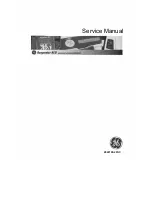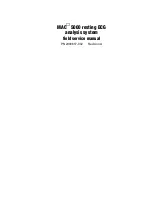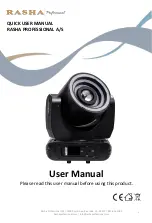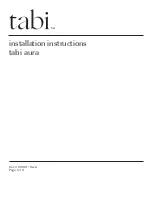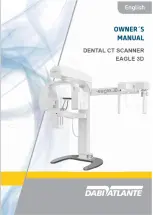
69
S:\Hp8960\E1960A GSM Mobile Test Application\A.04 Release\Reference_Manual\Chapters\meas_fber_desc.fm
Fast Bit Error Measurement Description
Fast Bit Error Measurement Description
July 8, 1999
Bit Error Measurements vs. Fast Bit Error Measurements
There are three commonly used types of bit error measurements in GSM:
• ‘‘BER with Frame Erasure” or ‘‘Residual BER” when the mobile station has been configured to loopback
Type A.
• ‘‘BER without Frame Erasure” or ‘‘Non-residual BER” when the mobile station has been configured to
loopback Type B.
• BER using burst-by-burst loopback when the MS has been configured to loopback Type C.
The test set allows the user to select between Loopback Type A or B, and the Fast Bit Error Measurement,
which uses Loopback Type C. Refer also to
“Bit Error Measurement Description” on page 48
.
NOTE
If the test set has codeware version A.02.00 or above, unnecessary loopback commands and
delays can be eliminated by taking advantage of enhancements available.
Previous versions of the test set required the user to set the loopback type, and did not have a
feature that allowed time for the loop to close.
How is a fast bit error (FBER) measurement made?
During FBER measurements, the test set generates a downlink TCH with (Pseudo Random Binary Sequence)
PRBS-15 data at a known low level. The mobile station receives the data, loops it back to its transmitter, and
returns the data to the test set. The test set compares data sent to data received, and FBER is calculated. see
SETup subsystem commands are sent to the test set to specify close loop delay, signal loopback control, the
number of bits to test, TDMA frames delay, measurement unit, trigger arm, and measurement timeout values.
When a call is established on the TCH, the loopback type is sent to the mobile station if the signal loopback
control is on, see
“SETup:FBERror:SLControl” on page 395
. If the user sets signal loopback control to off, the
loopback type is controlled using
“CALL:TCHannel:LOOPback” on page 291
, manually the Mobile Loopback
F12 key provides user access.
FBER measurements use MS burst-by-burst loopback, referred to as loopback type C. In loopback type C the
comparison is made between the 114 bits of data sent from the test set to the MS, then looped back and
received by the test set.
The loop must be closed before a FBER test can start, using the close loop signalling delay time feature allows
time for the loop to close. See
“SETup:FBERror:CLSDelay[:STIMe]” on page 392
for more details.
Each MS may have a different delay between receiving a TDMA frame and re-sending it on the uplink. By
default, the test set is configured to LDControl:AUTO:ON, and the amount of delay needed is determined
automatically when the test set has, for two frames, correctly received 80% of the downlink bits back on the
uplink. The test set can be queried for the TDMA frames delay value.
If necessary, the user may manually set the delay. See
“SETup:FBERror:LDControl:AUTO” on page 394
or
Summary of Contents for 8960 Series 10
Page 26: ...26 Contents ...
































